


Some Comments on the
Tamron 28 to 300mm Zoom
f/3.5 to 6.3 LD Aspherical (IF)
At 10.7x, the focal length range of this lens is audatious! Consequently most SLR owners are scared that it's probably too good to be true. I am one of those who have actually taken the plunge and bought one. I paid $342 in Dubai, complete with a nice bag for a video camera thrown in for free. Why such a bag? I don't know, but in this part of the world you take the freebies, no matter how unwanted. The other day I bought a vacuum cleaner and they insisted on throwing in a food blender... Go figure! Anyway the lens can be bought in New York for $300 to 350. Anyway you look at it, it is dirt cheap for the specs. While Sigma seems to make a similar lens, the next "quality" competitor I can think of is the Canon 35-350, f/3.5-5.6L; and that costs $1600! So how bad is the Tamron, really? Actually, remarkably good for most applications in bright light. It is basically a lens for those sunny holidays, or with flash. Read on...
All my testing, including the examples below, was done with a Canon EOS D30. The D30 has a smaller frame than 35mm film, so keep that in mind when you look at its MTF data on photodo. Only the data out to 12mm off axis are relevant. On the other hand, because of the 1.6x focal length multiplier effect, the D30 is very demanding of lens sharpness. I started off by comparing it to a Canon EF 28/2.8 prime using one of those lens test charts. Results: the zoom has a slightly longer focal length at the short end than the 28mm marked. Centrally the Tamron is remarkably sharp. Perhaps aided by its slightly longer focal length? At f/8 it is as sharp as the prime, at f/3.5 it is a lot less sharp than the prime at f/3.5, but the prime also deteorates rapidly when it is opened up to f/2.8. Enough on test charts. What about in real life? You see, real life these days includes unsharp masking and brightness/contrast manipulation. So, despite the Tamron's having 15 lens elements, which visibly lowers the contrast it delivers, eg when compared to macro lenses, all is not lost, unlike in the old days of film. This lens is NOT for use wide open. To get satisfactory results in 8"x12" prints you need to close it down at least one or two stops. At the same time, it's only too easy to extend it to long focal lengths. With the D30's 1.6x multiplier the slowest shutter speed for handholding is not just the reciprocal of the focal length, it is the reciprocal of 1.6*the focal length, ie to handhold at 300mm you ought to use a shutter speed no slower than 1/(300*1.6)=1/480th of a second. Basically at 300mm you need to stop down at least one stop from 6.3, so the widest you can use is circa f/9 (better f/11) at a shutter speed no slower than 1/500th sec. Use ISO 400 outdoors in bright sun and you should be alright most of the time. Indoors there is no way to avoid using flash... The D30's focusing at 300mm in dim light indoors also leads to endless hunting. So what can you expect if you obey these rules? Below I present example photos in groups of three, The first photo in each triplet is the full frame image, reduced in size of course, the second is an unsharpened 1:1 crop, and the third is the same 1:1 crop but sharpened as I normally would for printing. One can of course use even more sharpening, but this is the compromise level I have arrived at to yield 8"x12" prints that do not unduly exhibit sharpening artifacts or excessive noise.
So, at 28mm, ISO 400, f/13, 1/500sec:



Next below at 51mm, ISO 400, f/13, 1/500th sec:
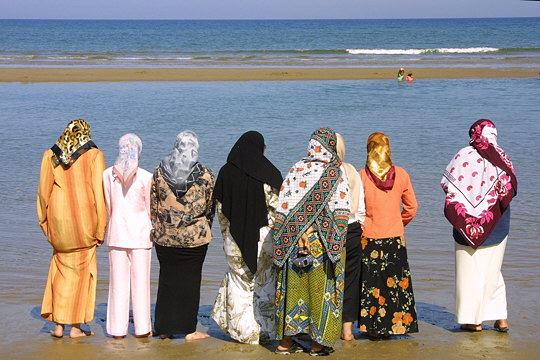


Next below at 109mm, ISO 100, f/5.6, 1/125th sec (NB pushing things a bit for handholding!):
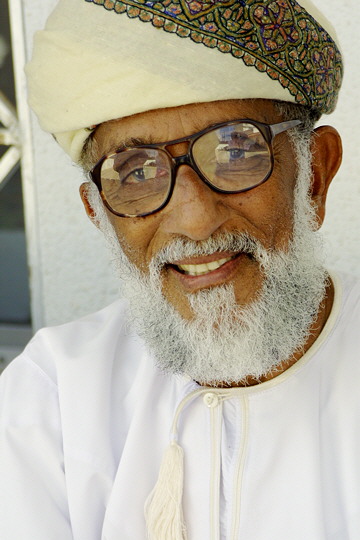


By the way, I printed the above image and it does give a satisfactory 8"x12" print, despite what I believe is a slight bit of camera shake (see the sharpened 1:1 crop at extreme right). Memo to self: With this lens ALWAYS use ISO 400 or higher.
Below next is a check as to how "macro" can one go. Actually pretty close for such an all-purpose glass beast :-) Taken at 300mm, focus set at closest possible and manually moving in and out till the focus indicator lights up, ISO 400, f/16, 1/500th sec:
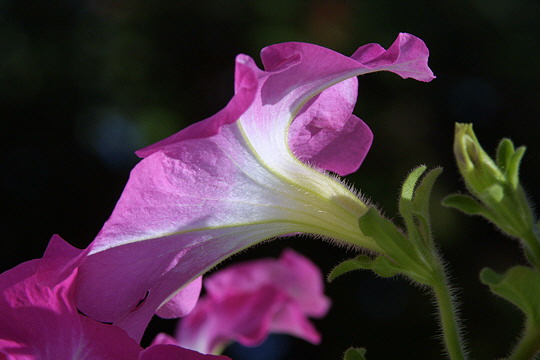


I recently spent a few days at the beach and passed the time trying to take photos of the sea birds. After more than a hundred attempts I can tell you that I have a new-born respect for people who succeed with great bird photos in the wild. It IS difficult! You never seem able to get close to them, always scared. And when they fly off the action is hectic! Nevertheless this Tamron is light and very easy to handhold. Below is one of my more successful attempts @ 300mm, ISO 400, f/11, 1/750:
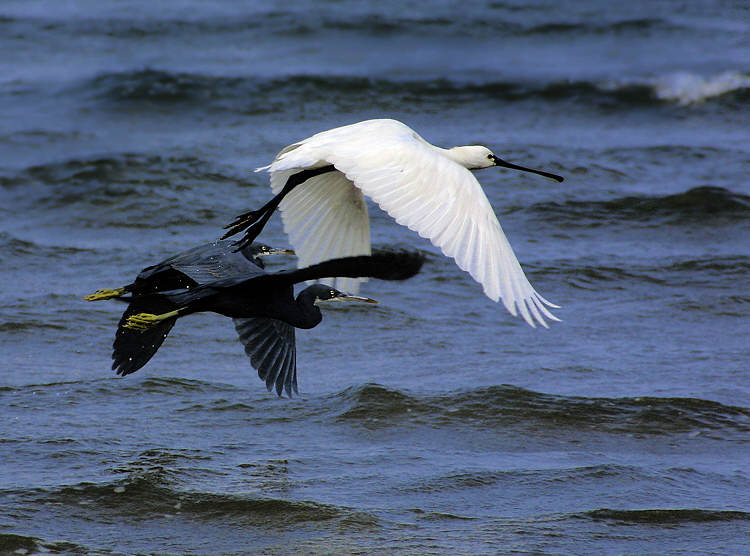
Finally, remembering that the long end of this zoom is quite long, let's push things and shoot something that is really, really far. How about Jupiter at some 600 million km away? That should be far enough. A bit of extra care is required. First, camera has to be on a tripod (all above were handheld), zoom set at 300mm, ISO 1600, aperture wide open at f/6.3, 1/4 sec exposure, cable release, mirror pre-release. But, believe it or not, autofocus! Got a couple of reasonable images, resized them up a factor of four, composited them into one, downsized a factor of two, sharpened, et voila!
Crop off the full frame,
magnified 200%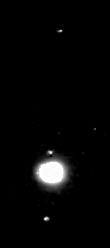
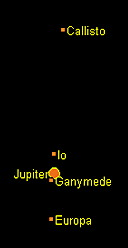 Chart from The Sky astro software
Chart from The Sky astro software
Note that Ganymede is buried in the bright glare of Jupiter itself. The Sky software calculates the positions of the moons for any given date/time. Not bad for a $350 zoom, eh?
So, to conclude? It's a fine weather lens, for use at ISO 400. Because the long end is (in 35mm terms) almost a 500mm equivalent, and the lens is VERY convenient to handhold, it is very easy to blame the lens for soft results, when often the cause is camera shake. Those 15 elements that constitute this lens do generate a lot of flare. Temptation is to leave it alone on people photos; slight, soft glow in the shadow areas, but with other subjects it can look like an objectional haze. Most of the time this haze can be processed out by playing with contrast (simply shifting the black point of the histogram a little can achieve a lot). If used wide open you can still get reasonable 5"x7" prints, or very sharp 4"x6" prints, stopped down it is possible to get quite satisfactory 8"x12" prints. If you want to go larger, you really ought to use prime (non-zoom) lenses. For indoor use and for critical work you can always supplement the Tamron with the very sharp Canon EF 50mm f/1.8 at around $85.
For more stuff return to Samir's Home
To drop me an e-mail just
click on:
samirkharusi